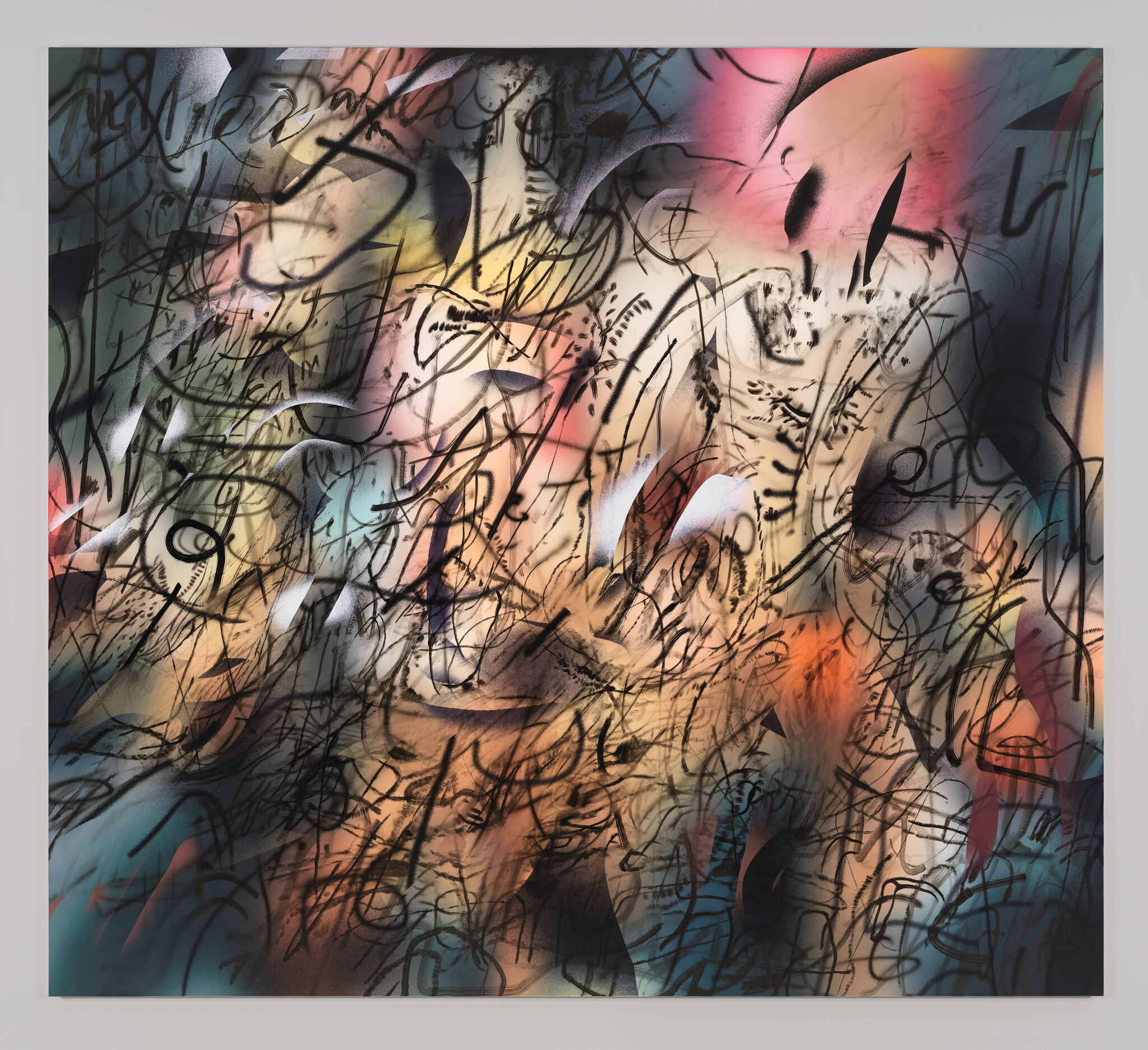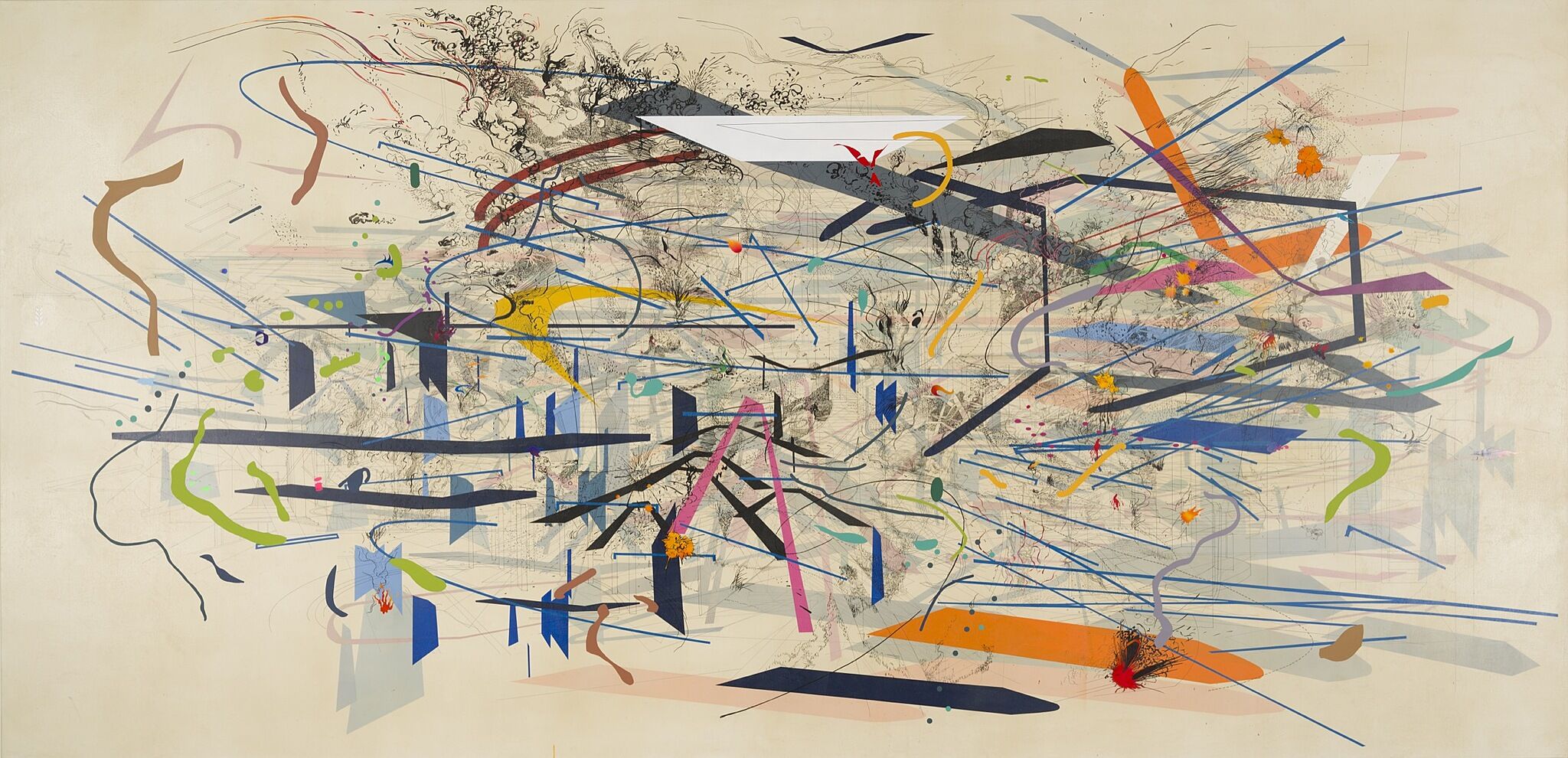Mogamma (A Painting in Four Parts) Part 1
Mar 18, 2021
0:00
Mogamma (A Painting in Four Parts) Part 1
0:00
Narrator: Mehretu named this painting cycle Mogamma, after an Egyptian government building on Cairo’s Tahrir Square. She began the paintings in the wake of the uprising there, which ousted Hosni Mubarak—one of Africa’s longest-serving dictators. Their form was inspired by an article she had read by the architectural historian Nasser Rabat, which looked at Tahrir Square itself.
Julie Mehretu: What I thought was really interesting about this was this study of each of these buildings around Tahrir Square that respond to a very specific part of the history that made those people. So it is this kind of amalgam of time, from Mamluk all the way through Islamic to a modernist, brutalist kind of structure that is the Mogamma building, which talks about a very particular type of socialist moment. So all of these are embedded as witnesses to this space, but they're also the markers of that history.
If we could look at every major square that was a site of action, from the Zócalo in Mexico City, to Tiananmen Square in Beijing, to Place de la Concorde in Paris, and Zuccotti Park here in New York City, and how these spaces become these... What are these containers, and what is the history that created these forms of containers of this type of gesture? And so the four Mogamma paintings are the symphonic exploration of that. The paintings surround you, but if you look at them closely, the architectural drawing in the top half of the painting is all drawn upside-down, almost as a reflection—but not really—of the painting below. And so you're embedded in this kind of psychological space. And it resists the idea of being an arena or a stage, in that way. It becomes a different kind of space.
Narrator: Mehretu spent more than a year working on these paintings. If you’d like to hear about her process, please listen to the next message on this series.
In Julie Mehretu.


